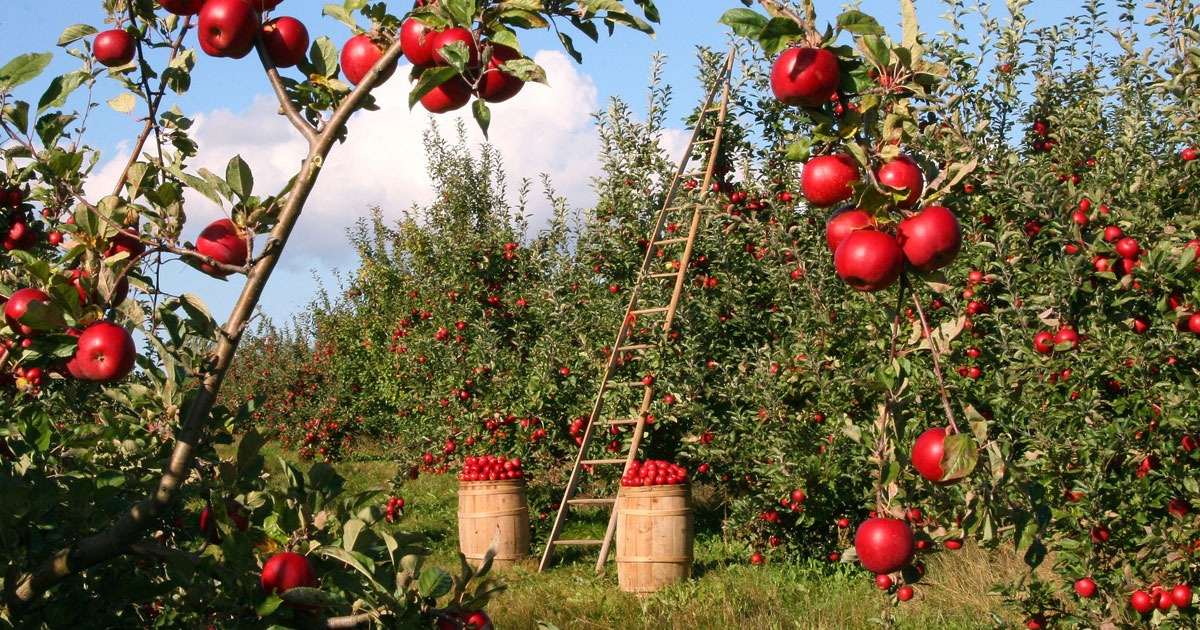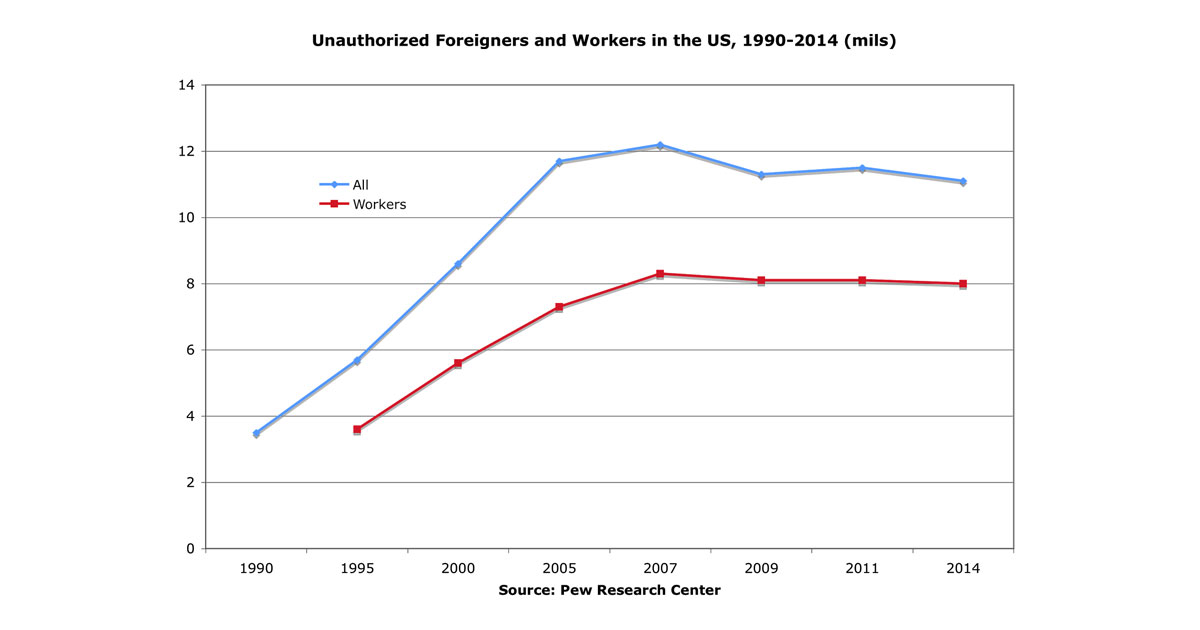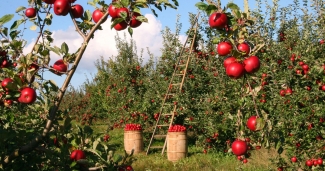Farmers Adjust to Fewer Workers: Reprint of Rural Migration News Blog

[Editor’s Note: This week, the mobile agricultural worker shortage was once again in the news. Last month, Rural Migration News blog posted this analysis of how farmers are shifting gears in reaction to the labor shortage. Rural Migration News is published by the Department of Agricultural Economics at the University of California, Davis. This blog is reprinted with permission. Visit their website at https://migration.ucdavis.edu/rmn/.
By Rural Migration News
There has been a slowdown in unauthorized Mexico-US migration since the 2008-09 recession. After peaking at 12 million in 2007, the number of unauthorized foreigners fell nine percent to 11 million in 2014. The number of unauthorized workers has been stable at about eight million or five percent of US workers, and the unauthorized share of crop farm workers has been stable at 50 percent.

The slowdown in unauthorized migration has made agriculture akin to a canary in the coal mine to observe how industries that have relied on newcomers from abroad adjust to the slowdown in unauthorized migration. Farmers are adjusting with a combination of 4-S strategies: satisfy, stretch, substitute and supplement.
Farm work is normally a decade-long job rather than a career, but satisfying current workers can help employers to retain current workers longer. Some farmers are offering benefits such as low-cost health care to employees and their families or end-of-season bonuses, while others are improving the training of first-level supervisors to reduce favoritism and harassment, in an effort to retain current workers.
The second adjustment is to stretch the current work force with mechanical aids that increase worker productivity. Most fruits and vegetables are over 90 percent water, and workers who harvest by hand spend much of their time carrying harvested produce down ladders to bins or to the end of rows to receive credit for their work. Some farmers have planted dwarf trees to eliminate the need for ladders, while others put slow-moving conveyor belts in front of workers who harvest berries, broccoli, and melons to reduce the need to carry harvested produce, making workers more productive and harvesting jobs more appealing to older workers and women.
The third adjustment is substitution or replacing workers with machines. Labor-saving mechanization is the story of agriculture; 95 percent of US residents lived in rural areas and depended on agriculture in 1790, compared to less than two percent today. The big-five crops, corn, soybeans, wheat, cotton, and rice, have been mechanized. There have also been major labor-saving changes in livestock production, including automatic feeders and robotic milking systems. Most nuts are harvested mechanically, with machines shaking almonds and walnuts from trees and sweeping them into rows for pick up.
Fresh fruits and vegetables have defied mechanization for several reasons. Many are fragile, and human hands are much gentler than mechanical fingers to pick grapes and peaches. Machines that shake apples or pears from trees damage a higher share of the fruit than hand harvesters. Machines are fixed costs, meaning that farmers must pay for a $200,000 harvesting machine whether there are apples to pick or not. Labor is a variable cost, so wages are not paid if storms or disease destroy the apple crop.
The fourth adjustment is to supplement the current workforce with H-2A guest workers. The H-2A program is expanding, more than doubling over the past decade to 165,700 farm jobs certified by DOL in FY 2016 and likely over 200,000 jobs certified in FY2017. Florida and North Carolina have the most H-2A guest workers, a quarter, but Washington and California have seen the fastest-growth, with the H-2A program doubling in size over the past five years. Since California and Washington account for over 40 percent of all US farm workers, these states are likely to become the largest farm guest worker states if the H-2A program continues to expand.
Satisfy and stretch are short-term adjustments to retain current farm workers, while substitute and supplement are medium term strategies to get farm work done with machines or H-2A workers. Both substitute and supplement adjustments require upfront investments by farmers in machines and recruitment and housing, respectively. If unauthorized migration remains low, there is likely to be a race between mechanization and migrant guest workers over the next decade.
Like what you see? Amplify our collective voice with a contribution.
Got some good news to share? Send it to us via email, on Facebook, or on Twitter.
Return to the main blog page or sign up for blog updates here.
- Log in to post comments






